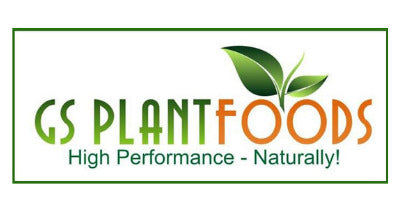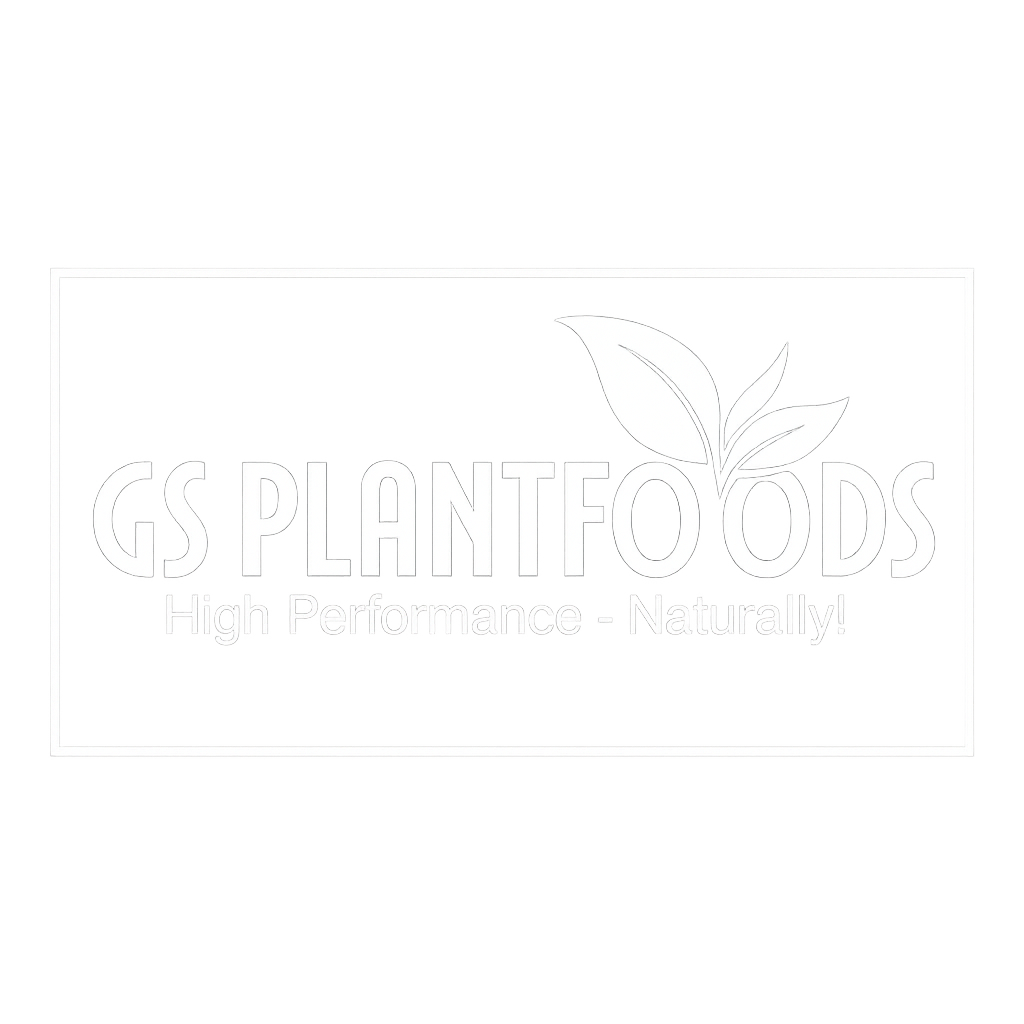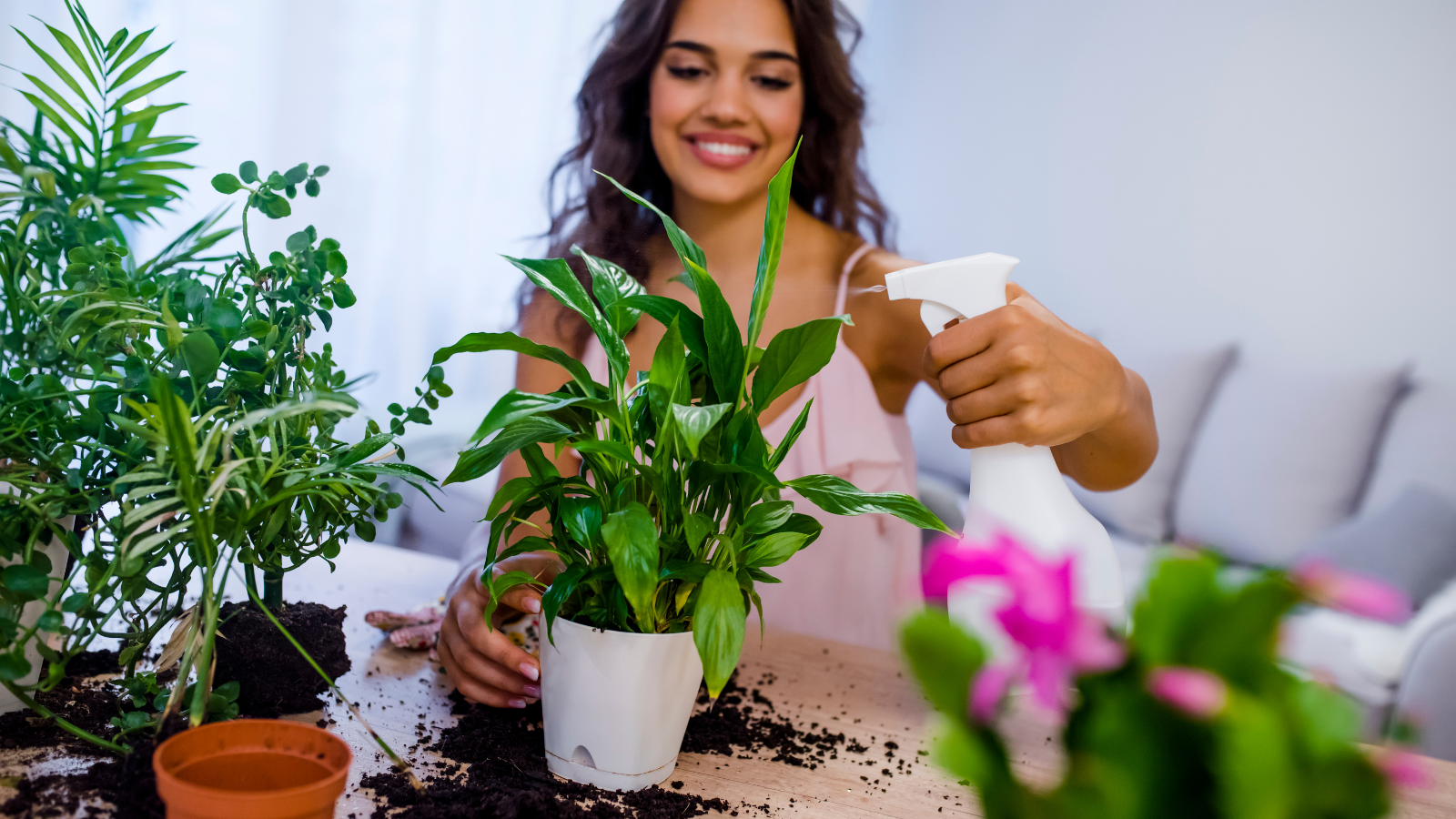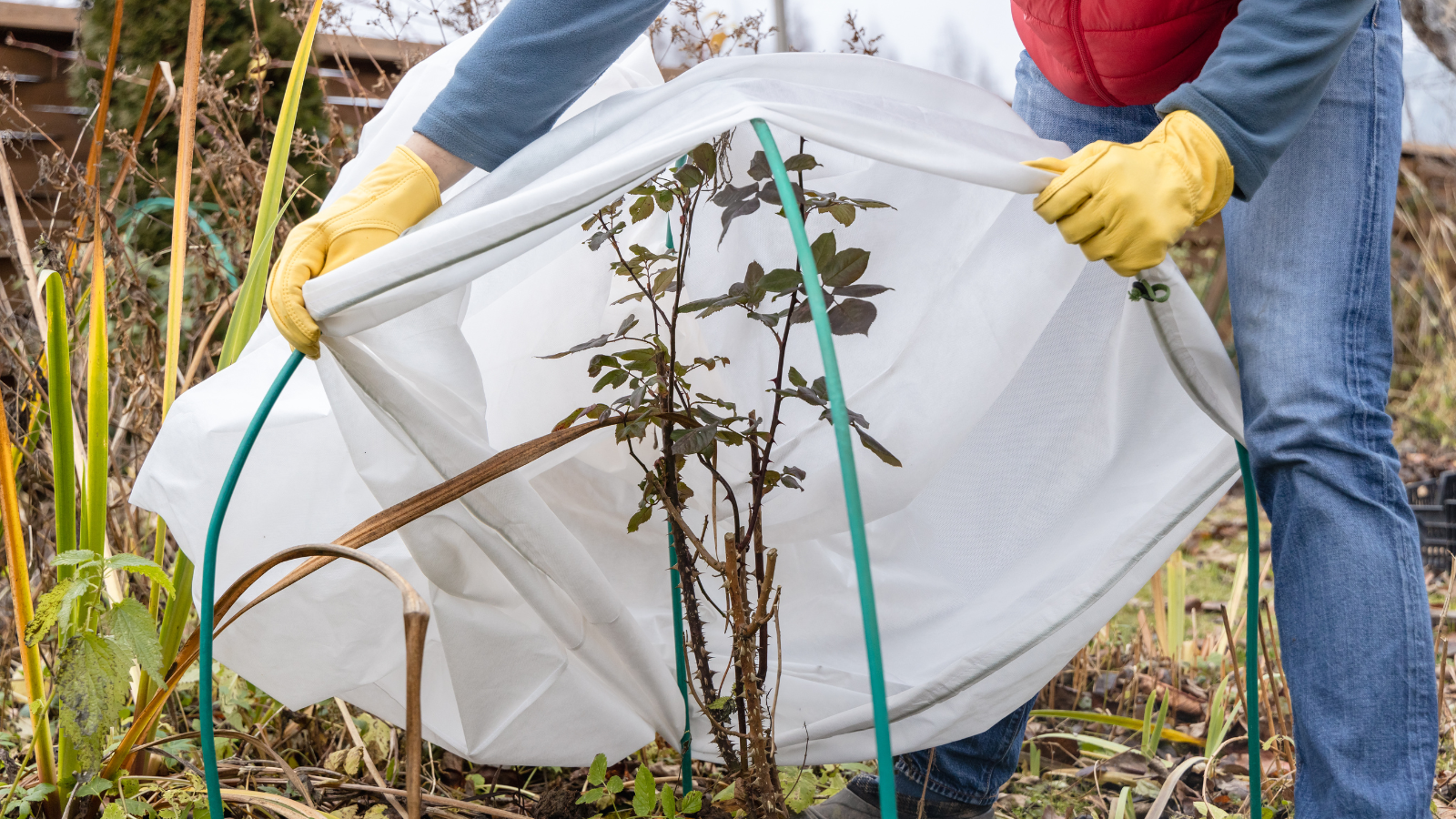Healthy soil is the foundation of every thriving garden, whether you're working with a modest balcony planter or a full backyard vegetable bed.
If your plants are under‑performing, wilting, turning yellow, or just not showing the vibrant growth you expect, the culprit might be beneath the surface: soil nutrient deficiency.
In this post, we’ll deep‑dive into five clear signs that your soil is running low on nutrients, explain why it happens, and walk you through practical steps to restore balance — including how GS Plant Foods’ solutions can help you get back on track.
Why Soil Nutrients Matter (and Why They Get Depleted)
Soil isn’t just dirt. It’s a complex ecosystem of minerals, organic matter, microorganisms, water and air. Plants rely on several key nutrients — especially the macronutrients nitrogen (N), phosphorus (P) and potassium (K) — plus a suite of micronutrients (iron, magnesium, zinc, etc.) to carry out growth, flowering, root development and defence.
When any element becomes deficient, plants may struggle. Over time, nutrient depletion happens because:
-
Plants take up nutrients and remove them when you harvest, or they die and get removed.
-
Rain, watering and leaching wash soluble nutrients away, particularly in sandy or compacted soils.
-
Soil pH shifts can lock out nutrients even if they’re present (for example, high pH might make iron unavailable).
-
Soil structure deteriorates, reducing microbial activity and nutrient cycling.
Therefore, spotting deficiency early and applying the right corrective measures will save you frustration, wasted effort, and disappointing yields.

Sign 1: Pale or Yellowing Leaves (Especially Older Foliage)
If you notice the older leaves (closest to the base) turning a pale green or yellow – while new leaves are still lighter than expected – this is a classic sign of nitrogen deficiency.
Nitrogen drives chlorophyll production, which gives leaves their rich green colour. Without sufficient nitrogen, leaves fade and plant growth slows.
What to do:
-
Test your soil’s nitrogen level and check your feeding schedule. If you haven’t fertilized recently, that’s likely the cause.
-
Choose a fertilizer that supplies balanced macronutrients and micronutrients. For example, GS Plant Foods’ 20‑20‑20 All Purpose Fertilizer with Kelp & Micronutrients delivers a full range of nutrients including N, P, K, plus kelp‑derived trace elements — ideal for giving green‑up across the board.

-
After application, monitor new growth. Leaves should gradually become richer green; if not, also check for root‑health issues or pH imbalance.
Sign 2: Slow or Stunted Growth (Plants Look “Under‑Size”)
When plants seem to struggle to grow despite regular watering and light, it’s often a sign that they lack sufficient nutrients (especially phosphorus or potassium) or that the soil’s structure is limiting root expansion.
Phosphorus supports root development and early growth; potassium supports overall plant health and resilience.
What to do:
-
Improve the soil’s physical structure by incorporating organic matter (compost, worm castings, peat) which helps roots access nutrients more easily.
-
Feed with a nutrient solution geared toward growth stage and plant type. For example, GS Plant Foods’ Organic Hydrolyzed Liquid Fish Fertilizer is designed to rebuild soil and supply macro + micro nutrients in an organic form.

-
Ensure watering is appropriate: overwatering can reduce oxygen levels around roots and slow nutrient uptake.
Sign 3: Weak or Spindly Stems, Leggy Plants
If your plants have thin, leggy stems, flop easily, or don’t hold themselves up well, then potassium deficiency, calcium/magnesium deficiency, or poor root anchorage could be involved.

Potassium supports strong cell walls; calcium and magnesium support structure and photosynthesis.
What to do:
-
Check the soil pH and nutrient profile if lab testing is available; if calcium/magnesium are low, targeted amendments may help.
-
Use a fertilizer that includes trace minerals and fulvic/humic acid to improve nutrient uptake. For instance, GS Plant Foods’ Organic Liquid Humic Acid with Fulvic enhances nutrient availability and helps structure.

-
Provide temporary physical support for plants (stakes or cages) while soil health recovers.
Sign 4: Poor Flowering or Fruit Setting
You’ve done everything right — good light, good water, and the plants should be flowering or fruiting — yet the blooms are sparse, or the fruit set is minimal.
This often signals phosphorus deficiency (for flower and fruit development), or an imbalance in macro/micro nutrients.
What to do:
-
Switch to or include a bloom‑boost formulation: a fertilizer higher in phosphorus for flowering/fruiting stage. While GS Plant Foods’ all-purpose formulas cover general feeding, Grower’s Honey Plant Based Amino Acid Plant Growth Fuel supports vegetative growth and can be used ahead of bloom, so plan accordingly.

-
Ensure you’re feeding during the correct stage (right after vegetative growth, when transitioning into flower/fruit).
-
Confirm soil pH remains in the optimal range (commonly 6.0‑7.0 for many plants). If nutrients are present but unavailable due to pH lock‑out, you’ll still see poor flowering.
Sign 5: Soil Crusting, Poor Moisture Retention, Compaction or Root‑Zone Stress
Even if nutrients are present, poor soil structure can prevent roots from accessing them. Soil that’s hard, crusted, drains poorly or is compacted results in poor oxygenation and less effective nutrient uptake.
This underlies many nutrient deficiency symptoms that look like lack of fertilizer but are really soil health issues.
What to do:
-
Loosen the top layer of soil with a fork or hand tool, incorporate organic matter to improve aeration and drainage.
-
Use a fertilizer/soil‑conditioning product that supports microbial life and improves soil tilth. GS Plant Foods’ Bio Carb All Natural Hi‑Impact Soil Amendment offers such support. GS Plant Foods
-
After improving structure, feed appropriately with balanced nutrients; healthy soil leads to more consistent uptake and fewer deficiency signs.
How to Use GS Plant Foods’ Products in Your Soil Nutrient Repair Plan
Here is a sample plan for using GS Plant Foods products to address nutrient deficiency and soil health:
-
Initial assessment: Check plant symptoms, soil texture, drainage, and watering habits.
-
Feeding phase: Apply a balanced fertilizer such as 20‑20‑20 All Purpose with Kelp & Micronutrients for general nutrient replenishment. For indoor container plants, consider GameChanger All‑Purpose Essentials 4‑3‑3 Liquid which is gentle and safe per label.

- Soil health reinforcement: Use Organic Hydrolyzed Liquid Fish Fertilizer or Kelp Fertilizer to enhance root development, improve microbial activity, and rebuild structure.
- Stage‑specific support: When plants move into flowering/fruiting, supplement with Grower’s Honey Plant Based Amino Acid Plant Growth Fuel to boost blooms, fruits and overall vigor.
- Maintenance: For long‑term soil health, occasionally apply a soil amendment like Bio Carb or similar to keep structure healthy, then feed seasonally with GS Plant Foods balanced formulas.
- Monitoring: Observe new growth, check leaf colour and size, inspect stem strength, and keep watering consistent. Adjust feeding as needed based on plant response.
Conclusion
When plants aren’t performing the way you expect, it’s tempting to chase the big issues — pests, watering schedules, light levels. But many times, the underlying problem is simpler: soil nutrient deficiency or poor soil health.
By recognizing the early warning signs — yellowing leaves, stunted growth, weak stems, poor flowering or compacted soil — you give yourself a chance to correct the course before yields drop or plants weaken.
Pairing practical soil improvement steps with high‑quality feeding products (like those from GS Plant Foods) gives you a solid edge. Let your soil support your plants — and then watch them respond with strength, colour and vitality.





Share:
Indoor Plant Care: Creating a Winter Garden at Home